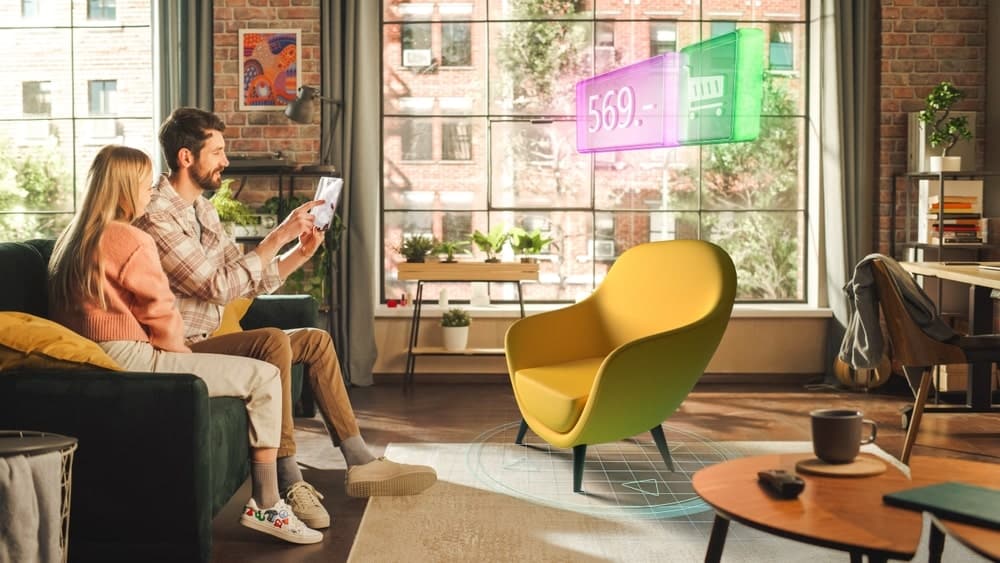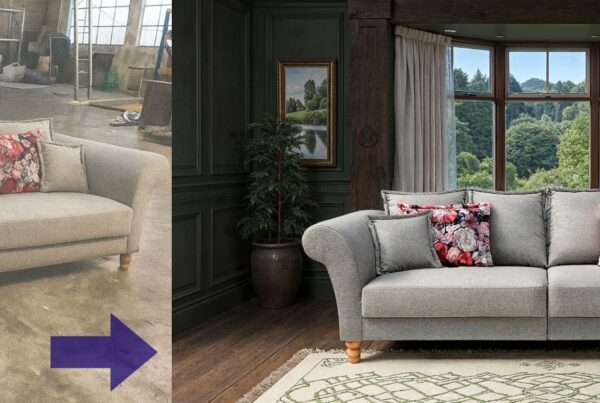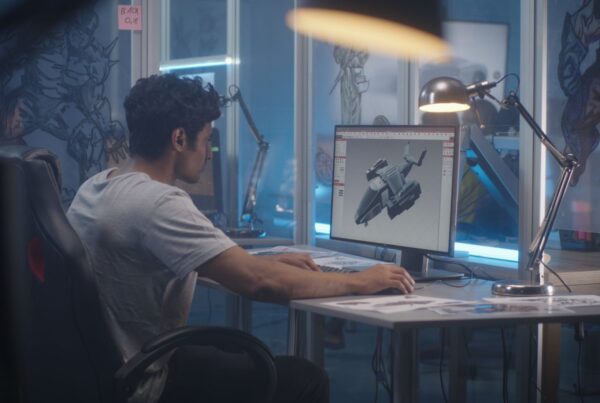Augmented reality (AR) technology is becoming increasingly popular in the e-commerce industry as it allows customers to visualise products in a more interactive and engaging way. Customers can easily try on products using the virtual try-on function or place furniture at home before buying. However, integrating AR into eCommerce is not always easy. It often takes a lot of research and knowledge, which you should acquire before you can use AR. Follow these five steps to ensure a seamless and successful implementation.
Choose the best AR technology for your shop
Before you integrate AR into your e-commerce shop, it is important to determine which technology is best suited to your business. There are different types of AR, including marker-based AR, markerless AR and location-based AR. When deciding which AR technology to use, consider factors such as your budget, the complexity of your products and the level of interactivity you want to offer your customers. You also need to make sure that the technology you choose is compatible with your e-commerce platform.
In e-commerce, one of the most popular AR technologies is web-based AR. It allows you to place products virtually in your own home. Virtual try-on is also very well known and popular.
If you want to integrate AR into eCommerce without programming knowledge and high personnel investment, it makes sense to use a SaaS platform. On the Mazing platform, for example, you can easily upload product photos, create 3D models and integrate them via plugins without any programming knowledge. The use of AR can also be simple if you have the right partner at your side.
Create high-quality 3D models of your products
The first step to successfully integrating AR into your e-commerce shop is to create high-quality 3D models of your products. This allows customers to view your products from all angles and get a better idea of their size, shape and properties. You can hire a professional 3D modelling company or use software such as SketchUp or Blender to create your own models. Make sure to optimise your models for AR by reducing the number of polygons and the size of the textures to improve performance on mobile devices.
There are also other methods of creating 3D models, from scanning to photogrammetry. In this article, we have explained all the methods for creating 3D models. For eCommerce AR integration, we recommend the use of both AI and manual designers. With Mazing, all you have to do is upload a few images and you can create your 3D models cost-effectively and scalably. No professional photos from the photo studio are required here.
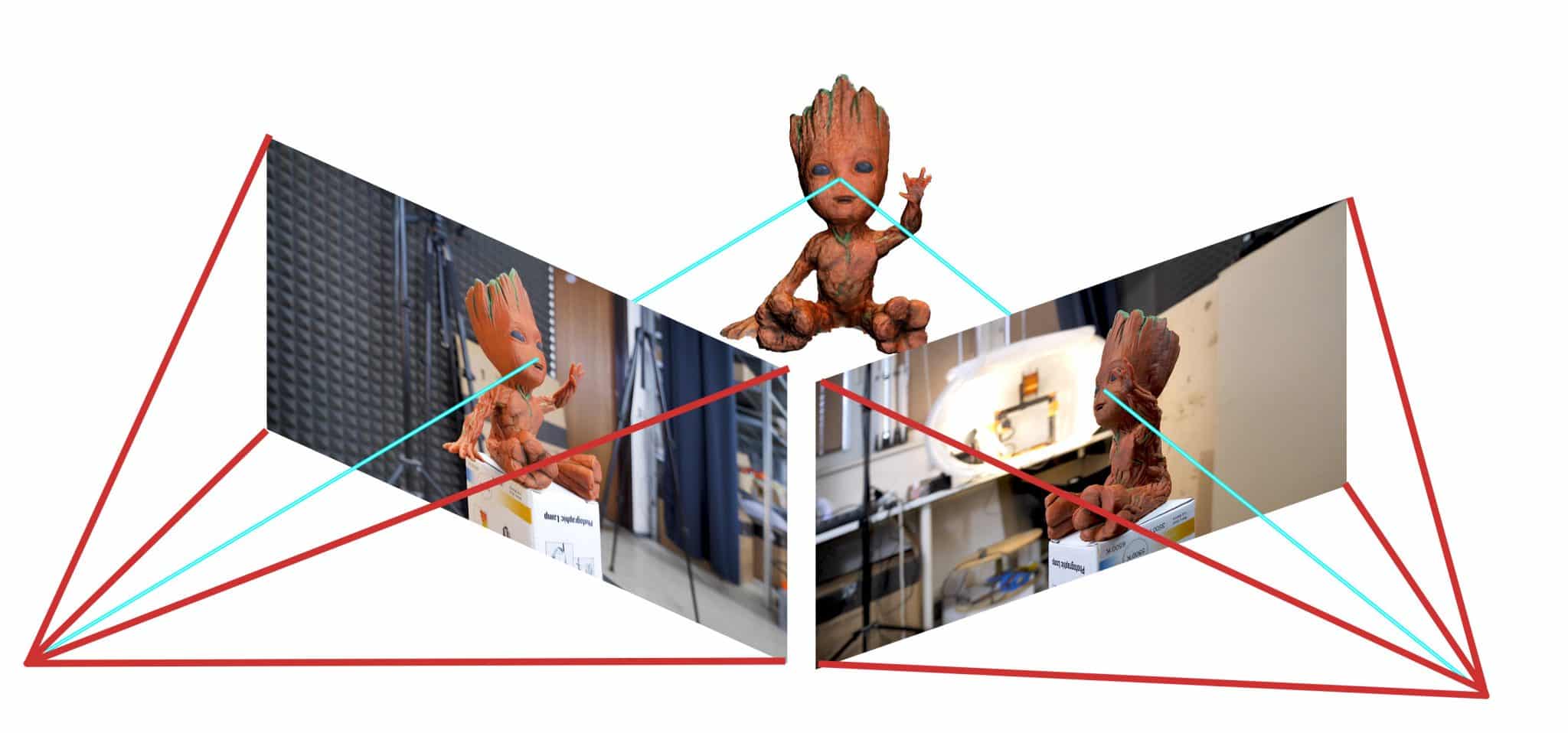
Source: https://blog.prusa3d.com/de/fotogrammetrie-3d-scannen-nur-mit-ihrem-telefon-kamera_7811/
Implement AR into your website
Once you have high-quality 3D models of your products, it’s time to implement AR into your website or app. There are several ways to do this, including the use of AR plugins or SDKs (software development kits) designed specifically for e-commerce. Some popular options are ARKit for iOS, ARCore for Android and WebAR for web-based AR experiences. Make sure you thoroughly test your AR implementation to ensure it works seamlessly with your e-commerce platform and provides a smooth user experience. The most important thing is the ease of use for website visitors and the resulting optimized conversion rate. If you would like advice on this, Mazing also acts as a consultant to provide your company with the best possible service.
Mazing offers WebAR, which can be integrated into Shopify via a plugin or other e-commerce sites, for example. Other options for AR integration in e-commerce are iframes or direct links to the experience.
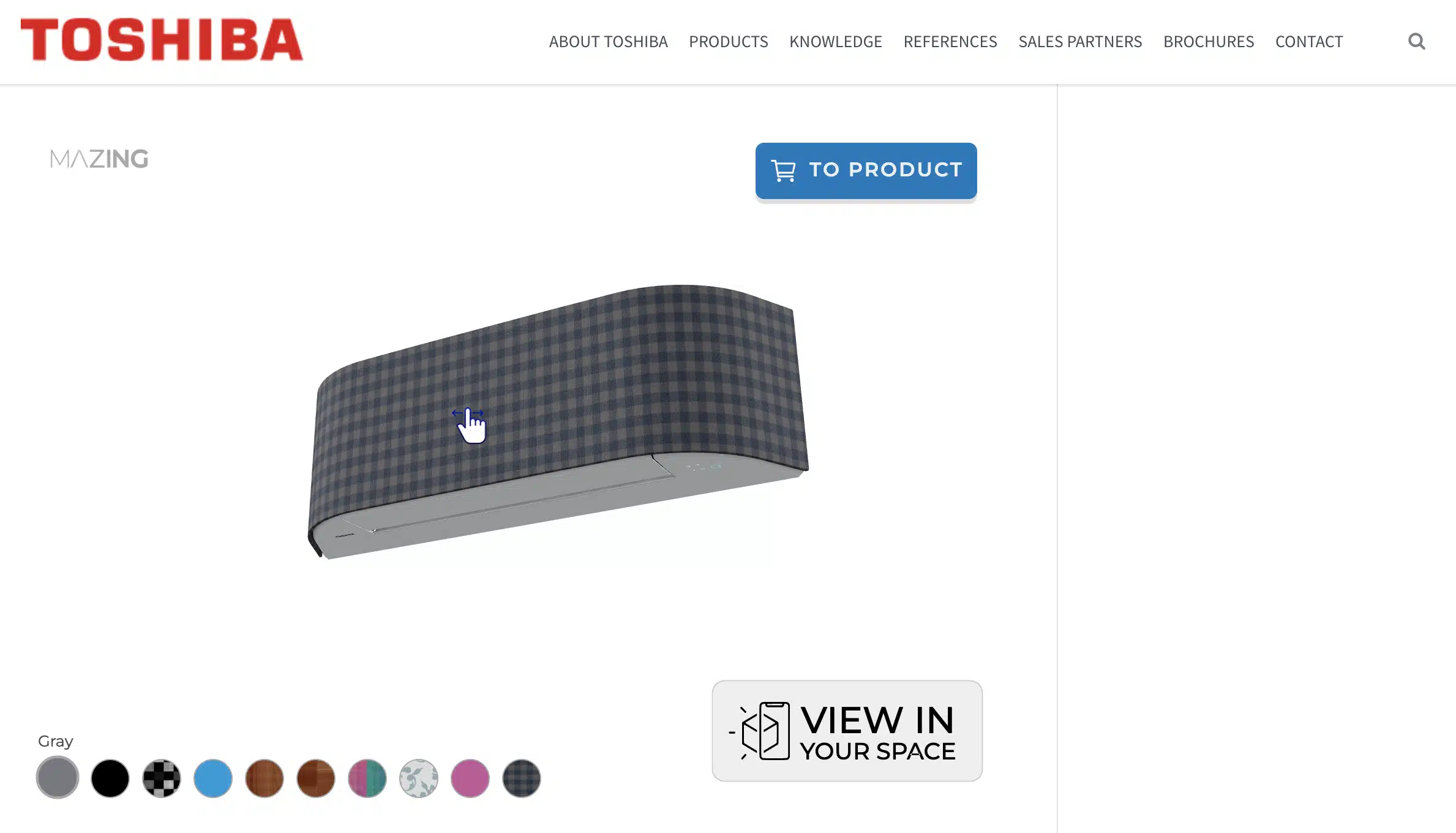
Source: Toshiba & Mazing
Test and optimise your AR eCommerce integration
Once you have implemented AR technology in your e-commerce shop, it is important to test and optimise the experience for your customers. This includes checking for technical problems such as slow loading times or faults in the AR display. You should also gather feedback from customers to see how they interact with the AR features and if there are any improvements that can be made. Use this feedback to make the necessary adjustments and further improve the AR experience for your customers. Ongoing optimization is important for this technological innovation, as it can always be expanded further and better.
Promote your AR integration
Once you have successfully integrated AR technology into your e-commerce shop, it is important to inform your customers about it and launch an AR marketing campaign. Promote the new AR features via your website, social media channels and email marketing campaigns. Highlight the benefits of AR, e.g. the ability to see products in 3D or try on virtual clothes. Encourage your customers to share their AR experiences on social media and offer incentives such as discounts or free shipping. By promoting your AR integration, you can attract new customers and keep existing customers loyal to your brand. The reason for this is your unique selling point compared to the competition. By using AR, you stand out significantly from the competition and can convince with a high degree of certainty.
Summary
There are a few key aspects to a seamless integration of augmented reality on your website. First, you need to select the right technology, create 3D models of your products and implement them on your website. The tool should then also be tested and continuously advertised on various channels. Mazing is always at your disposal for these matters in order to convince you with the highest quality.

Source: Aida & Mazing


